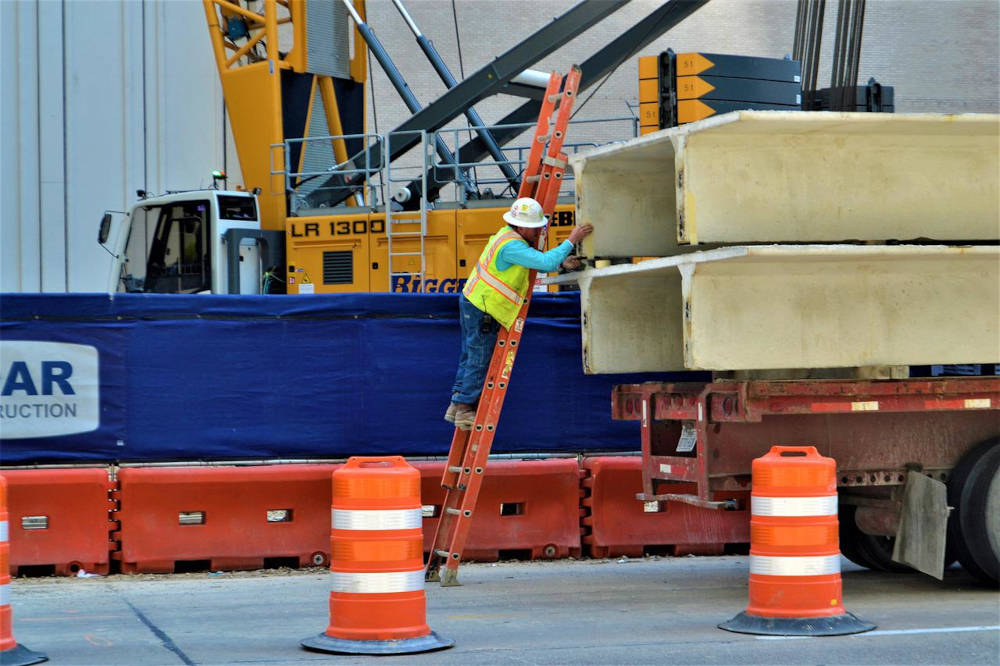[From Pixabay]
Ever since it was announced by the Prime Minister in October last year, the Gati Shakti mission has been billed as one of the most transformational projects in the country. Successfully planning and executing large-scale infrastructure projects in India have always been a nightmare, leading to significant cost and time overruns. Gati Shakti is a much-needed step in offering an integrated solution, say its advocates.
Simply put, Gati Shakti uses geospatial technology, based on data sourced from different ministries and agencies, to map the entire terrain—and provide a “one view” to the planning and execution agencies. It also offers an opportunity to bridge the coordination gap between ministries and plug bottlenecks. In the first six months since Gati Shakti was announced, “infrastructure gaps” had been identified in 131 critical projects and flagged off to various ministries to be addressed, claimed a recent news report in The Economic Times.
However, not everyone believes the Gati Shakti mission is a radical solution. Naysayers reckon that the project might at best make a peripheral contribution to the challenges of infrastructure development. They fear that the bureaucracy will hold back data sharing—and scuttle the attempt to build transparency and break silos. Also, the portal has generated considerable interest among industry folks, particularly in the logistics and infrastructure space. Some of them seem keen to tap into what is seen as a goldmine of data, otherwise inaccessible centrally for the private sector. Last month, the Prime Minister made a pitch to the states and the private sector to leverage the value of the information that the Gati Shakti platform offers. But it remains to be seen whether the private sector will step up and be inspired to participate in infrastructure projects, and thereby allow the government to unlock value from its massive investment as part of the National Monetisation Pipeline (NMP).
So, will Gati Shakti deliver on its promise? Or is it merely a long-delayed attempt at housekeeping that will yield incremental benefits?
It may take a while before this becomes clear. The benefits though are pretty obvious. Instead of taking six months just to decide on the route—alignment in technical parlance—for a high-speed expressway, the Gati Shakti project will allow for a more integrated solution, keeping in mind wildlife corridors and also the need to integrate other modes of transport, in a matter of weeks. That way, the transportation of goods can be speeded up, leading to more efficiency and productivity in the real economy.
The Dedicated Freight Corridor on the western line, stretching from the JNPT port in Mumbai to Dadri in UP, is a prime example. Back then, the railways had an e-Drishti portal for all major railway projects. And that has now metamorphosed into Gati Shakti. Yet the implementation challenges have continued. Concor, the listed entity owned by the railways, built assets along this corridor. But much of it is unutilised because there are no proper transportation linkages with the regional economic hubs like Kandla, denting Concor’s return on equity. The Gati Shakti portal might now offer the dedicated freight corridor project some alternative routes to bypass wildlife corridors or mining hubs in the eastern stretch, instead of the shortest route picked earlier.
The fact is that there are multiple agencies and ministries involved in the planning process, each with their own processes and ways of working. So, for instance, a new port is often built without adequate focus on rail or road linkages.
Gati Shakti attempts to fix this lack of interconnections by bringing all the different ministries on a common platform, identifying these gaps and fixing accountability for each ministry for delivery and outcomes.
On paper, all of this may be urgent and necessary. However, it poses an enormous challenge to the government’s existing ways of working—and its ability to use data for decision making. This was the case even with the Goods and Services Tax Network (GSTN) project. For the longest time, the government was unable to smartly use the enormous data that the system had thrown up—and thereby plug the leakages in the system and drive better tax compliance. The fact is that data doesn’t lie. And it has a habit of exposing endemic weaknesses in the system. Which is why the system prefers to stay away from a more data-driven approach, instead of using it to learn how to improve the system.
There are at least 18 ministries—including steel, railways, ports, renewable energy—involved in infrastructure projects. By breaking down the silos, the hope is that it will improve the coordination among these various ministries, at least for the most critical infra projects. The cabinet secretary himself chairs the meeting of the empowered group of secretaries from the key ministries to review the progress. What’s more, the Prime Minister’s office (PMO) also has visibility on the progress.
This top-down system may expedite progress. However, in reality, whether ministries can be persuaded to upload information on all these critical projects, especially the ones that are lagging behind, on the platform, remains to be seen. On its part, the finance ministry has insisted that all major projects have to be routed through the Gati Shakti platform before it earmarks funds for it.
Once the coordination committee identifies the bottlenecks, the prerogative lies with the ministry to act on it. So far, the plan to build a proper integrated digital project monitoring system has been pushed to 2024, for reasons that are unclear. And without that, the responsibilities of coordination and basic housekeeping will fall disproportionately on the cabinet secretary and the joint secretary in his coordination cell, soaking up precious time and significantly reducing their bandwidth.
The fact is that every ministry has its own portal and platform. The trouble is that they don’t talk to each other. What is now needed instead is a self-organising, integrated system for better decision-making.
There are two other implementation issues. Given the troubled nature of Centre-State relations, the lack of coordination between the two is likely to delay projects and stymie implementation. TV Narendran, the MD & CEO of Tata Steel and the current president of CII, recently called for better alignment between the Centre and the States, in an interview with The Indian Express.
The latest flare-up is around airport privatisation. Through its new industrial policy, the Tamil Nadu government has mooted that when an airport run by the Airports Authority of India (AAI) is privatised, the state should be given a share of the revenues earned by the company. This move has been supported by the Chhattisgarh and Jharkhand governments.
Finally, there are larger questions about whether managing complex infrastructure projects should be left in the hands of the bureaucracy in the ministries, or given to technical experts with the capabilities to manage them. Experts argue that implementation agencies, with its cadre of professionals, like NHAI, are perhaps better equipped to handle such projects. It is unclear if the administrative services will be willing to give up its powers.
(A shorter version of this column was first published in Business Standard)

